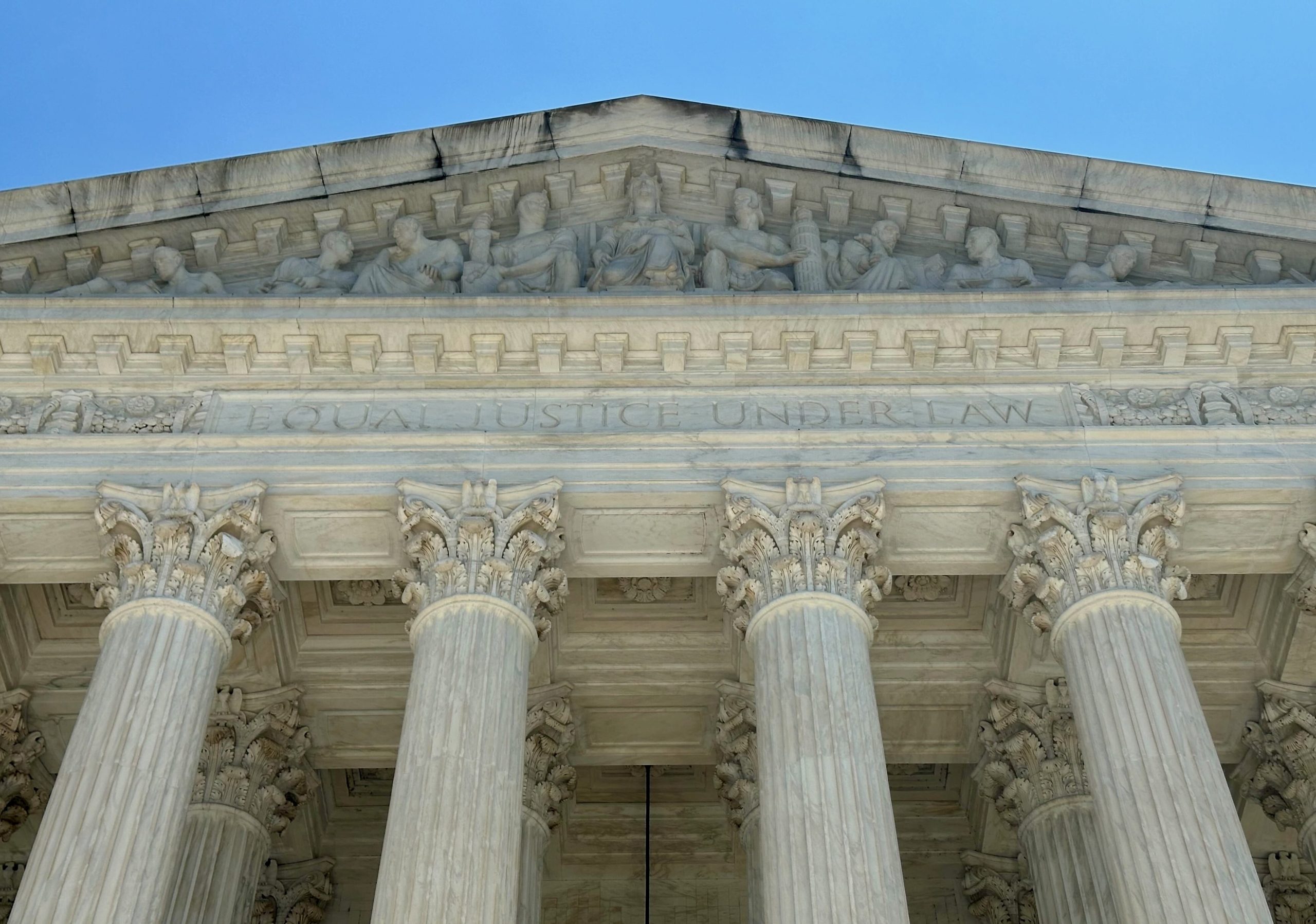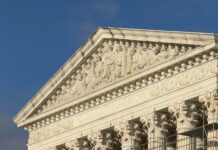OPINION ANALYSIS
on Mar 31, 2025
at 4:43 pm

(Katie Barlow)
United States v. Miller presents the kind of simple facts that populate law-school hypotheticals. A business is in financial distress. The shareholders (who control the business) use some of its funds to pay off their own debts, including taxes owed to the federal government. When the business files for bankruptcy, the creditors of the business justifiably complain that the shareholders should not have used the business’s money to pay off the shareholders’ personal tax liabilities. Can the Internal Revenue Service keep the money? The Supreme Court held last week that the answer is yes.
Justice Ketanji Brown Jackson’s opinion (joined by all the justices except for Justice Neil Gorsuch) presents this as a straightforward textual exercise, turning on “the interplay†between two sections of the Bankruptcy Code. The first is Section 544, which creates a federal cause of action allowing the bankrupt to recover funds it paid out before bankruptcy whenever the transfer “is voidable under applicable law.†The second is Section 106, which waives the federal government’s sovereign immunity for a long list of particular sections of the Bankruptcy Code, including Section 544.
For Jackson, the key to the case is the reality that under Utah law (the applicable fraudulent conveyance statute), the creditors of the failed business could not recover from the IRS, because the IRS’s sovereign immunity would protect it from a suit under the Utah statute. Thus, she concludes, the transfer to the IRS is not “voidable under applicable law†for purposes of Section 544.  Jackson explains that the text of Section 106, “read as a whole, makes clear that it … does not establish any substantive rights against the Government.†All that Section 106 does is “give courts jurisdiction to hear [Section 544] claims against the government.†It does not change “the substantive requirements of the claim itself.â€
Working from those premises, Jackson easily can reject the effort to “transform [Section 106] from a jurisdiction-creating provision into a liability-creating provision.†Jackson goes on to point out that her reading does not render useless the inclusion of Section 544 in the listed sections for which sovereign immunity is waived, because it would still allow creditors to invalidate improperly perfected tax liens under Section 544(a). Given the strong tradition of a narrow reading of waivers of sovereign immunity, the bankrupt cannot prevail.
Context is everything here. Congress included a waiver of sovereign immunity in the Bankruptcy Code in 1978. As I’ve written elsewhere, the Supreme Court in several cases nevertheless upheld claims of sovereign immunity by state and federal governments, concluding that the statutory waiver was insufficiently specific. Congress responded in 1994 by adding to Section 106 a list of pretty much every section of the Bankruptcy Code that grants an important power to sue and recover funds from third parties.
In Miller, the court essentially tells Congress, again, that it needs to do its homework better. If it actually wants to impose liability on the federal government, it will have to try even harder than it has in the past. Time will tell whether the third time will be a charm.





